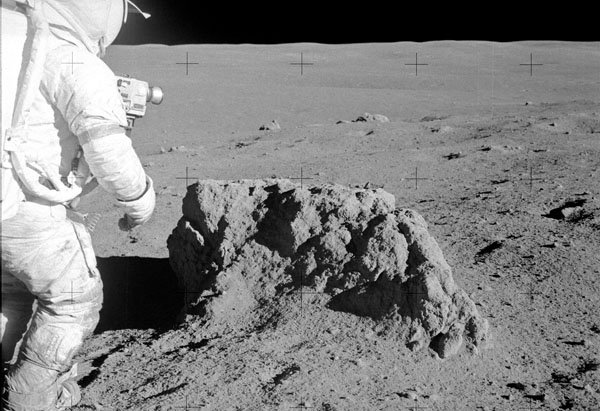In space, they say, no one can hear you sneeze. But Apollo 17 astronaut Harrison Schmitt was doing a lot of that inside the Challenger command module when he visited the moon in 1972.
One day, after a lunar walk, Schmitt accidentally breathed in some of the abundant moon dust that he and his commander had tracked back in to the Challenger living quarters. For a full day, Schmitt suffered from what he described as “lunar hay fever.” His eyes watered, his throat throbbed, and he broke into a sneezing fit.
No, Schmitt wasn’t allergic to the moon. NASA scientists now understand that pieces of moon dust — especially the smallest, sharpest particles — pose clear health risks to astronauts. A recent study published in the April issue of the journal GeoHealth examined exactly how dangerous that dust can be on a cellular level — and the results are as ominous as the dark side of the moon. In several lab tests, a single scoop of replica moon dust proved toxic enough to kill up to 90 percent of the lung and brain cells exposed to it.
By Brandon Spektor – Full Story at Live Science



